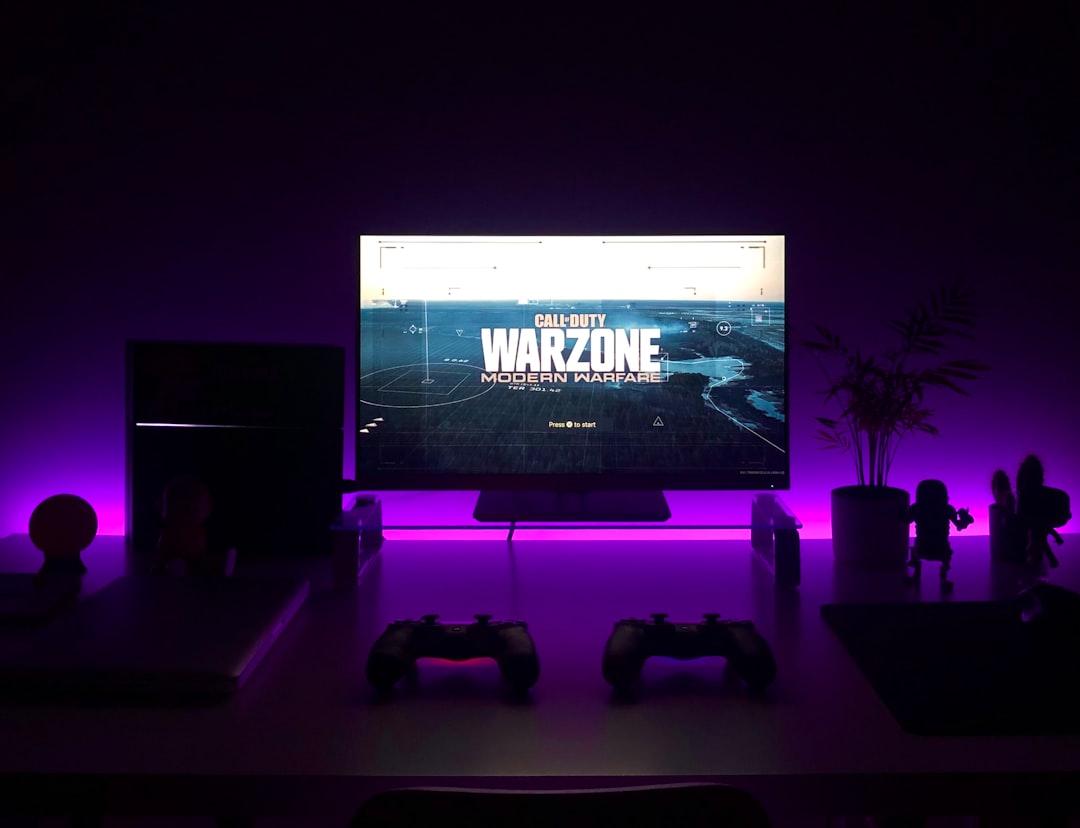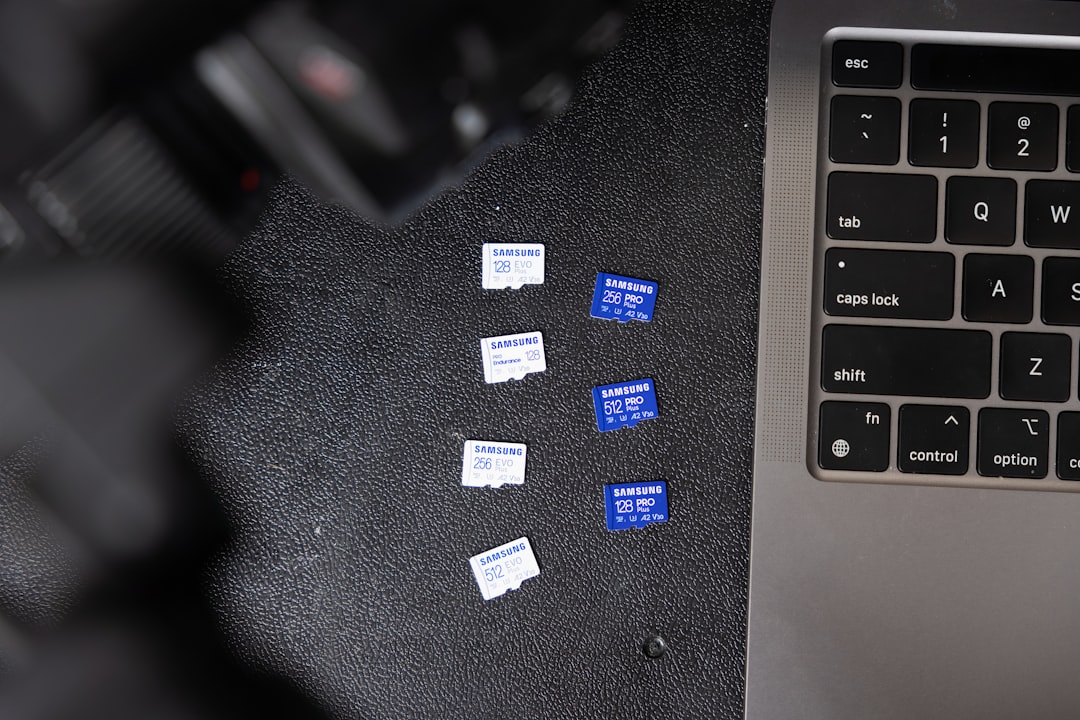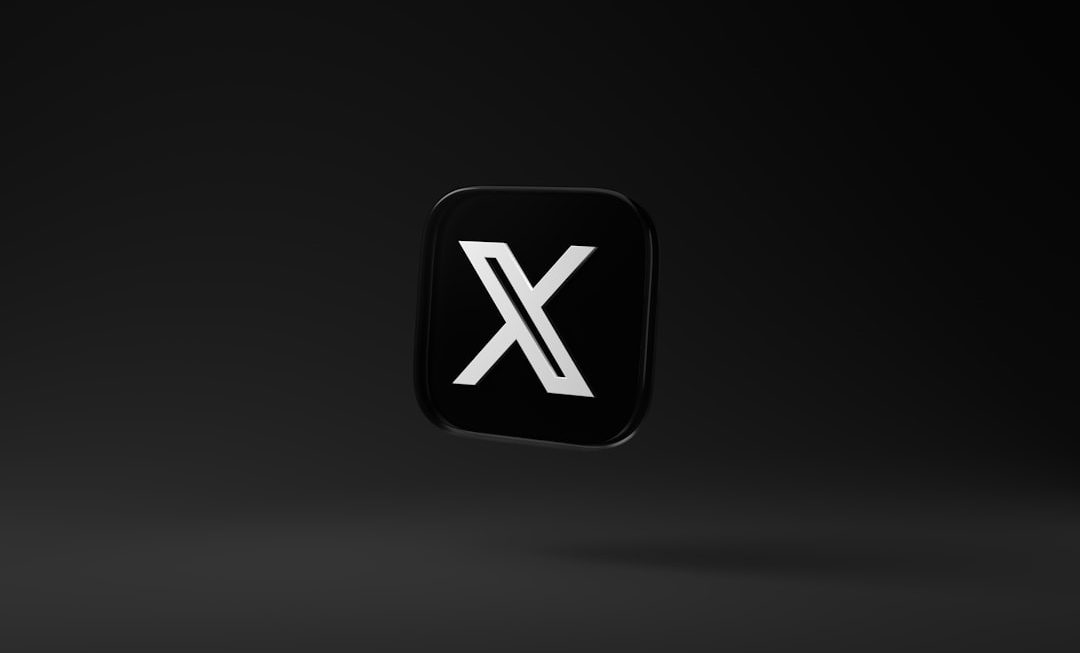In the modern digital marketplace, B2B video strategy has become more than just a marketing trend; it is a strategic necessity. As we move into 2025, businesses are increasingly turning to video content to reach, engage, and convert their target audiences. The key components often involve a blend of case studies, webinars, and product demos. These formats not only educate potential clients but also build credibility and trust with decision-makers in the B2B buying journey.
The Rising Importance of B2B Video
B2B buyers have become more sophisticated, frequently conducting extensive research before ever speaking with a sales representative. Video plays a vital role in this self-service phase, helping buyers understand complex solutions in a more digestible and engaging format.
According to recent data, over 70% of B2B decision-makers watch videos during their purchase journey, and the number is expected to grow in 2025. Enterprises that invest in video content often see a marked improvement in engagement metrics and broader funnel acceleration.
Case Study Videos: Proof Over Promises
Businesses want to see real-world results before making a commitment. That’s where case study videos shine. These videos combine storytelling with data to demonstrate how a product or service solved a specific problem for a client.
One compelling example comes from a SaaS company that provides analytics platforms to enterprise clients. They created a series of three-minute videos featuring major global companies explaining how the platform helped cut reporting time in half and improved accuracy by 40%. The result? A 25% increase in qualified leads from targeted industries within three months.

Best practices for powerful case study videos include:
- Client-centric storytelling: Keep the spotlight on the customer, not the product.
- Quantifiable results: Include metrics that show clear impact.
- Short and structured: Ideally three to five minutes with a problem-solution-results format.
These videos serve as social proof for similarly situated prospects and can be used across landing pages, emails, and sales enablement tools.
Webinars: Deep Engagement and Lead Generation
Webinars are interactive video sessions that bring a human touch to digital marketing. In B2B, they’re not just video content—they’re opportunities for real-time dialogue. Webinars can showcase thought leadership, address specific vertical pain points, and create high-intent lead pipelines.
2025 trends show that successful B2B webinars now go beyond static slide presentations. They integrate panels, live polls, chat Q&A, and interactive demos. A compelling example is a cybersecurity firm that transitioned from static webinars to live discussions featuring both internal experts and third-party analysts. This shift resulted in a 50% boost in average watch time and doubled pipeline conversion rates.

Effective webinar strategies include:
- Topic relevance: Focus on timely issues specific to your target audience.
- Multi-speaker formats: Invite industry leaders to add credibility.
- Interactive tools: Use live chat, polls, and downloadable engagement items.
Post-webinar strategies also make a huge difference. Companies are increasingly turning their live sessions into evergreen content via on-demand libraries, creating a long tail of value from a single event.
Product Demos: Clarity Through Visualization
In B2B, particularly in technical industries like software and manufacturing, product demos are crucial; they enable buyers to visualize complex products in action. As face-to-face meetings dwindle, on-demand and live product videos have taken center stage.
Consider a logistics automation company that introduced AI-smart warehouse robotics. Rather than just offering verbal promises, they created a series of demo videos tailored for different verticals—retail, manufacturing, pharmaceuticals. Each video was customized to show how the robotics performed in relevant scenarios. Buyers began to pre-qualify themselves, resulting in fewer but more conversion-ready leads.
Tips for effective product demos:
- Segment your demos: Different use cases call for different versions.
- Focus on outcomes: Go beyond features. Show how the product solves problems.
- Use motion graphics or animations: Especially useful in software products to visualize backend processes.

Integrating These Strategies into B2B Campaigns
A successful B2B video strategy doesn’t rely on a single type of content—it’s about combining formats effectively across the customer journey. Here’s a model marketing funnel touchpoint strategy for 2025:
- Top of Funnel: Educational webinars and customer-centric storytelling to build awareness
- Middle of Funnel: Detailed case studies and product explainer videos to nurture leads
- Bottom of Funnel: In-depth product demos and technical tutorials to support sales closings
This integrated approach allows businesses to maintain engagement across all buyer journey stages and ensure content remains relevant and personalized.
B2B Video Strategy Platforms and Tools
In 2025, there are more tools than ever for creating, distributing, and tracking video content. These include:
- Video hosting and analytics: Platforms like Wistia, Vidyard, and Brightcove offer detailed insights into viewer behavior.
- Webinar software: Tools like ON24, Zoom Webinars, and GoToWebinar allow for scalability with real-time engagement features.
- AI-powered editing: Modern tools such as Descript and Pictory can rapidly create professional-grade videos with minimal production resources.
Moreover, CRM integrations with platforms like HubSpot or Salesforce allow for seamless tracking of video-driven engagement data, helping sales teams prioritize quality leads based on interaction depth.
Conclusion
Video has emerged as one of the most effective tools in the B2B marketer’s arsenal. Case studies build trust, webinars drive interaction, and product demos provide clarity. In 2025, businesses that master these formats—and thoughtfully integrate them into holistic campaigns—will gain significant competitive advantages. With the right strategy, video can accelerate the sales cycle, boost audience engagement, and elevate brand authority across every digital touchpoint.
Frequently Asked Questions
- Q: What length should a B2B video be?
A: It depends. Case studies and demos should be 3–5 minutes; webinars range from 30–60 minutes. Shorter videos typically perform better for top-of-funnel outreach. - Q: How can I measure the ROI of video content?
A: Use video hosting platforms with built-in analytics to track views, conversions, and engagement. Integrate with your CRM to tie views to deals closed. - Q: What types of videos are best for lead generation?
A: Webinars and gated case studies often serve as lead magnets, especially when paired with clickable CTAs and embedded forms. - Q: Do I need professional video production?
A: A polished video helps, but authenticity can matter more. Many businesses are using DIY tools with excellent results, especially for explainer and demo content. - Q: How often should I publish B2B video content?
A: Consistency is key. Many successful B2B brands aim for one to two video assets per month, tied to broader marketing themes or campaigns.




